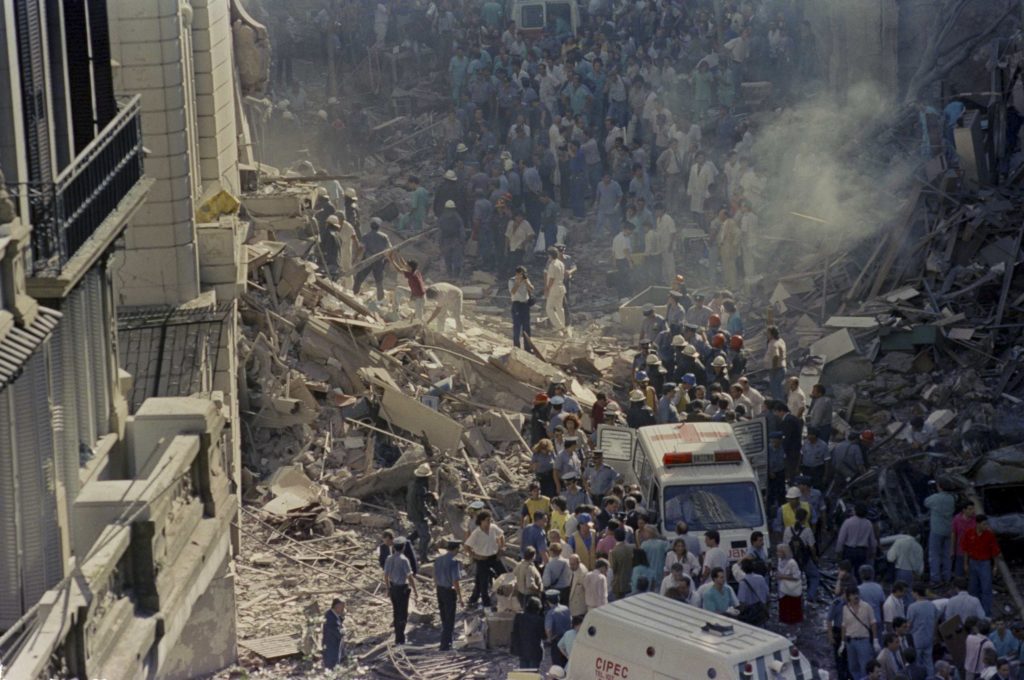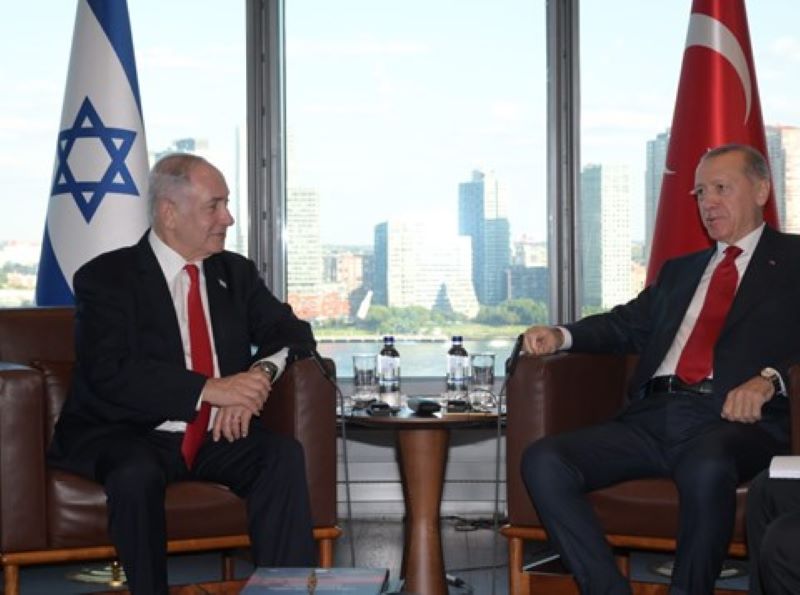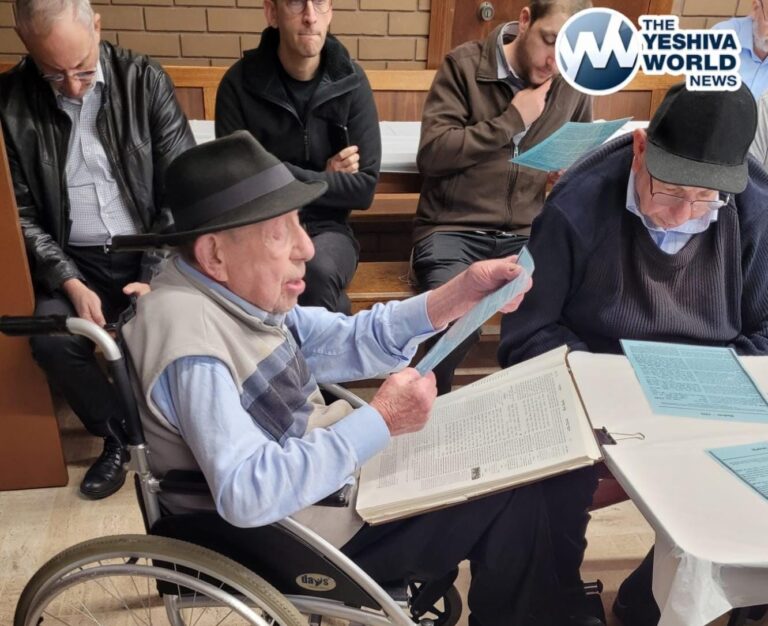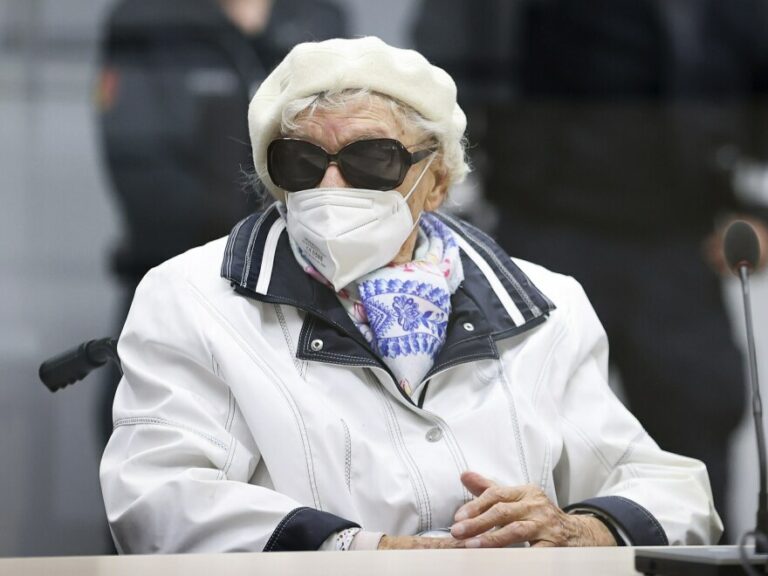Embassies, consulates and diplomatic missions worldwide are often considered places of sanctuary, however, not all have been impervious to horrific incidents.
When Saudi journalist Jamal Khashoggi vanished after entering the Saudi Consulate in Istanbul last week it prompted Turkish officials and media to claim he may have been killed and even dismembered by a squad of assassins on the premises. The macabre mystery stirred memories of instances when diplomatic missions turned into places of terror.
Brutal killings, suicide bombings, militant raids and hostage crises — embassies and consulates have seen plenty of tragedy and bloodshed.
ere are just some of many examples:
———
BENGHAZI, ATTACK ON U.S. COMPOUNDS IN LIBYA
Libyan extremists from the militant Ansar al-Shariah group attacked two U.S. compounds — a diplomatic post and a CIA annex nearby — in the city of Benghazi on Sept. 11, 2012, setting off a night of rampage that killed four Americans, including Ambassador Chris Stevens, and gutted the buildings. Last year, a jury in Washington convicted 47-year-old Libyan militant Ahmed Abu Khattala on multiple terrorism-related charges for his role in the attacks.
———
AUSTRALIAN EMBASSY BOMBING IN JAKARTA
Suspected Muslim militants detonated a car bomb outside the Australian Embassy in Jakarta, Indonesia, on Sept. 9, 2004, killing eight people, including an embassy guard, policemen on duty, two embassy workers and a visa applicant.
———
MYANMAR EMBASSY SIEGE IN BANGKOK
A shadowy group known as the Vigorous Burmese Student Warriors stormed the Myanmar Embassy in Bangkok on Oct. 7, 1999. They took 38 hostages to demand democracy in their country, also known as Burma. Thailand allowed them to fly to the border, angering Myanmar but ending the standoff without bloodshed.
———
U.S. BOMBING OF CHINESE EMBASSY IN BELGRADE
NATO bombs hit the Chinese Embassy in Belgrade by mistake on May 8, 1999, killing three Chinese reporters. In China, protesters retaliated by attacking U.S. missions.
———
AL-QAIDA BOMBINGS OF U.S. EMBASSIES IN EAST AFRICA
Al-Qaida launched near-simultaneous truck bombings on Aug. 7, 1998, targeting U.S. embassies in Kenya and Tanzania, killing 224 people. Most of the victims were Kenyans but 12 Americans also died. The mastermind behind the attacks, Fazul Abdullah Mohammed, eluded capture for 13 years before he was gunned down at a security checkpoint in Somalia’s capital, Mogadishu, a month after al-Qaida leader Osama bin Laden was killed by Navy SEALs in Pakistan in May 2011.
———
ISLAMIC JIHAD’S ATTACK ON EGYPTIAN EMBASSY IN PAKISTAN
A suicide bomber rammed his explosive-packed truck into the Egyptian Embassy in Islamabad on Nov. 19, 1995, killing 15 people, including the second secretary of the embassy and three Egyptian security guards. Egypt handed down a death sentence in absentia to its citizen Ayman al-Zawahri, who led the militant group and later merged it with al-Qaida, for this attack. Al-Zawahri succeeded bin Laden as al-Qaida’s chief.
———
JAPANESE EMBASSY HOSTAGE CRISIS IN PERU
Leftist Tupac Amaru rebels seized the Japanese ambassador’s residence in Lima, Peru, on Dec. 17, 1996, during a party celebrating Emperor Akihito’s birthday, taking diplomats, guests and government officials hostage and demanding the release of their imprisoned comrades. The rebels held 72 hostages for 126 days before government troops stormed the premises; one hostage, two commandos and all rebels were killed. The story inspired the best-seller “Bel Canto” by U.S. author Ann Patchett.
———
ATTACKS ON ISRAELI EMBASSY, JEWISH CENTER IN ARGENTINA
A bomb flattened the Israeli Embassy in Buenos Aires on March 18, 1992, killing 29 people, including four Israelis. Two years later, a Jewish community center in the city was bombed, killing 85 people — the deadliest bombing ever in Argentina. Israel and Argentina have long accused Iran of being behind the bombings. Iran has denied any role in the attacks.
———
BEIRUT, U.S. EMBASSY BOMBING
A suicide bombing on April 18, 1983, at the U.S. Embassy in Beirut killed 63 people, including 17 Americans. The victims were mostly embassy and CIA staff, but also several U.S. soldiers and a Marine. It was the deadliest attack on an American diplomatic mission up to that time. A shadowy Shiite group calling itself Islamic Holy War took responsibility.
———
IRAN, U.S. EMBASSY IN TEHRAN
Militant Iranian students stormed the U.S. Embassy in Tehran on Nov. 4, 1979, and took 52 Americans hostages. The attackers demanded the return of the shah to Iran to face trial. President Jimmy Carter refused and launched a failed commando raid to free the captives. Six Americans who fled the initial takeover and found refuge with the Canadian ambassador later escaped Iran with the CIA’s help. Their escape was dramatized in the 2012 film “Argo.” Iran held the hostages for 444 days, releasing them only after the 1981 inauguration of President Ronald Reagan.
———
WEST GERMAN EMBASSY SIEGE IN STOCKHOLM
German anarchists of the Red Army Faction shot their way into the West German Embassy in Stockholm on April 24, 1975, demanding the release of their comrades from prisons back home. They took 12 embassy staff hostage, including Ambassador Dietrich Stoecher. During the standoff with the Swedish police, the attackers killed the military and the economic attachés before accidentally blowing up a part of the building.
———
ATTACK ON SAUDI EMBASSY IN KHARTOUM
The Palestinian terror group Black September attacked the Saudi Embassy in the Sudanese capital, Khartoum, during a formal reception on March 1, 1973 and took 10 diplomats hostage. After President Richard Nixon refused to negotiate with the attackers, three Western hostages were killed, including George Curtis Moore, the U.S. chargé d’affaires.
———
ISRAELI EMBASSY IN BANGKOK HOSTAGE CRISIS
The Black September faction took over the Israeli Embassy in Bangkok on Dec. 28, 1972, and held six Israeli embassy staff hostage. The hijackers agreed after negotiations to leave in exchange for safe conduct to Egypt.
———
YUGOSLAV EMBASSY IN STOCKHOLM
Two Croatian separatists stormed the Yugoslav Embassy in Stockholm on April 7, 1971, where they held and mortally wounded Ambassador Vladimir Rolovic. The attackers were later caught and convicted in Sweden. One of them, Miro Baresic, was released in 1972 as part of demands by Croatian hijackers of a Swedish domestic flight. He was later extradited from Paraguay to Sweden to serve the remainder of his sentence.
(AP)











